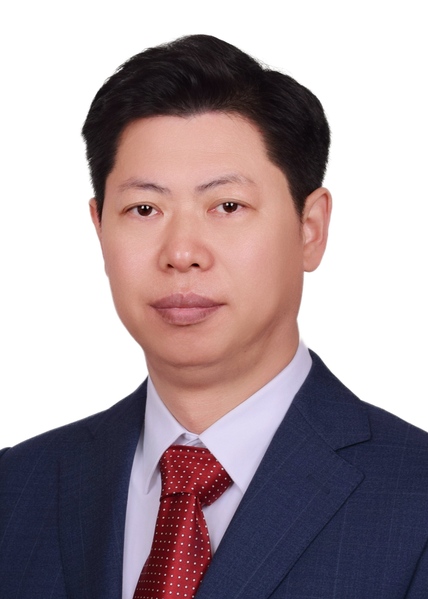Introduction
Prof. Dr. Yi-Ming Yan
Corresponding Addresses:
State Key Laboratory of Organic-Inorganic Composites,
Beijing Advanced Innovation Center for Soft Matter Science and Engineering,
Beijing University of Chemical Technology,
Beijing, 100029, People’s Republic of China
Yi-Ming Yan graduated from Harbin Institute of Technology and obtained both bachelor and master degree. He received his Ph.D. in 2006 from the Institute of Chemistry, Chinese Academy of Sciences. From 2006 to 2008, he worked as a postdoctoral researcher in the Hebrew University of Jerusalem, Israel. From 2008 to 2010, he worked as a postdoctoral researcher in the University of Freiburg, Germany, with a support from Humboldt Research Fellowship. From June to August 2009, he served as a Humboldt visiting scholar at Lund University, Sweden. From 2010 to 2017, he served as a full professor in Beijing Institute of Technology. Since 2017, he jointed Beijing University of Chemical Technology as a full professor. His research interests focus on the sustainable electrochemical energy technologies. He has published more than 100 papers in the related fields.
Research
The research areas are listed below:
Electrochemistry, Electrocatalysis, electrochemical energy storage, Fuel cells, capacitive desalting
Teaching
electrochemical power source
Funding
National Natural Science Foundation of China (grant nos. 21575016, U20A20154, 22379006) National high-level talent project
Publications
Selected Publications:
1. CO2 reduction electrocatalysis
(1) Boosting CO2 Electroreduction to C2H4 via Unconventional Hybridization: High-Order Ce4+ 4f and O 2p Interaction in Ce-Cu2O for Stabilizing Cu+. ACS Nano 2023, 17, 14, 13974-13984.
(2) Stabilization of Cu+ via strong electronic interaction for selective and stable CO2 electroreduction. Angew. Chem. Int. Ed. 2022, 61,2205832.
2. Nitrogen reduction electrocatalysis
(1) Shearing sulfur edges of VS2 electrocatalyst enhances its nitrogen reduction performance. Small 2022, 18 , 2106939.
(2) Optimizing electrocatalytic nitrogen reduction via interfacial electric field modulation: elevating d-Band center in WS2-WO3 for enhanced intermediate adsorption. Angew. Chem. Int. Ed. 2023,135.29, 2303794.
3. Formate oxidation reaction electrocatalysis
(1) Enhanced electrocatalytic oxidation of formate via introducing surface reactive oxygen species to a CeO2 substrate. ACS Appl. Mater. Interfaces. 2021,1351643-51651.
(2) Interfacial hydrogen spillover on Pd-TiO2 with oxygen vacancies promotes Formate electrooxidation. ACS Energy Letter 2023, 8, 9, 3945-3954
4. Supercapacitor
(1) High Flux and Stability of Cationic Intercalation in Transition-Metal Oxides: Unleashing the Potential of Mn t2g Orbital via Enhanced π-Donation
Journal of the American Chemical Society DOI: 10.1021/jacs.3c08264
(2) Elevating the orbital energy level of dxy in MnO6 via d-π conjugation enables exceptional sodium-storage performance. Adv. Energy Mater. 2023,13, 2300384.
5. Capacitive Desalination
(1) Local Electric Field Induced by Atomic-Level Donor–Acceptor Couple of O Vacancies and Mn Atoms Enables Efficient Hybrid Capacitive Deionization. Small, 2023, 19, 2205666.
(2) Internal electric field induced by superexchange interaction on Mn4+‐O2−‐Ni2+ unit enables highly efficient hybrid capacitive deionization. Small 2023, 19, 2301717.
|

